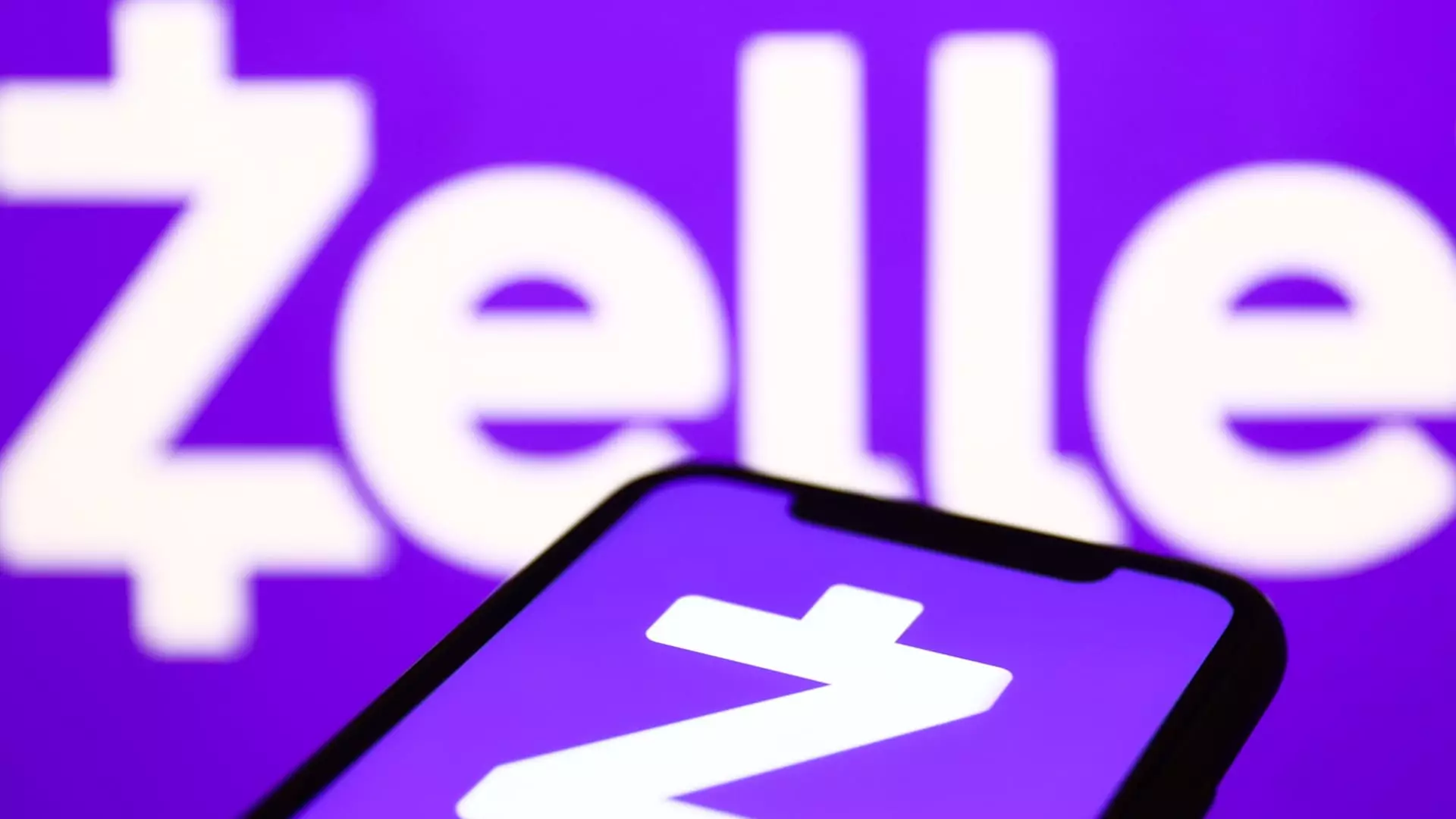Zelle, the peer-to-peer (P2P) payments platform operated by Early Warning Services, has become a dominating force in digital transactions. According to a recent announcement, the network surpassed a historic milestone by processing over $1 trillion in total payment volume last year, marking the highest annual figures for any P2P service. The platform’s user base expanded significantly, witnessing a 12% increase in accounts, reaching an impressive 151 million users in 2024. This surge coincided with a 27% rise in the total amounts sent via Zelle compared to the previous year, illustrating its growing acceptance among consumers.
Denise Leonhard, the general manager of Zelle, emphasized the platform’s unprecedented achievement in moving funds, stating it had moved “by far the most money ever” through a single P2P service in one year. This remarkable growth highlights Zelle’s effectiveness and its ability to meet the evolving needs of users in an increasingly digital economy.
Launched in 2017 as a response to emerging fintech services like Venmo, PayPal, and CashApp, Zelle has carved out a niche for itself by offering distinct advantages. One of its primary assets is its backing by seven of the largest banks in the United States, including heavyweights like JPMorgan Chase, Bank of America, and Wells Fargo. This strong foundation allows for seamless, instantaneous money transfers through the applications of thousands of collaborating institutions.
In comparison, Zelle has outpaced traditional competitors in user engagement. While PayPal reported a total P2P payment volume exceeding $400 billion, Zelle’s rapid growth signals a significant shift in consumer preferences towards bank-affiliated services that deliver additional security and immediacy.
Despite its success, Zelle has faced scrutiny regarding its approach to fraud management. Critics have accused the platform and the three major banks involved of inadequately addressing fraud complaints and mishandling reimbursements for victims. These concerns have sparked discussions about the platform’s responsibility for user protection, prompting Zelle to introduce new measures aimed at fraud reduction. According to the company, a staggering 99.95% of transactions are reported as free from fraud and scams, a statistic that aims to bolster user confidence amidst the controversy.
Zelle’s growth trajectory reflects broader shifts in how consumers handle their finances. As individuals increasingly opt for digital payments over cash or checks, and small businesses embrace convenient payment solutions, Zelle is positioned to capitalize on these changes. Leonhard noted that Zelle is being utilized for everyday transactions, ranging from paying rent to compensating caregivers. This versatility signifies that Zelle is not just a simple payment app but a pivotal component of modern financial interactions.
Zelle’s ascension in the P2P payments landscape is undeniably impressive, but it must navigate the complexities of consumer trust and payment security to sustain its momentum. As it continues to grow, how it addresses these challenges will determine its long-term success in a competitive and evolving market.

